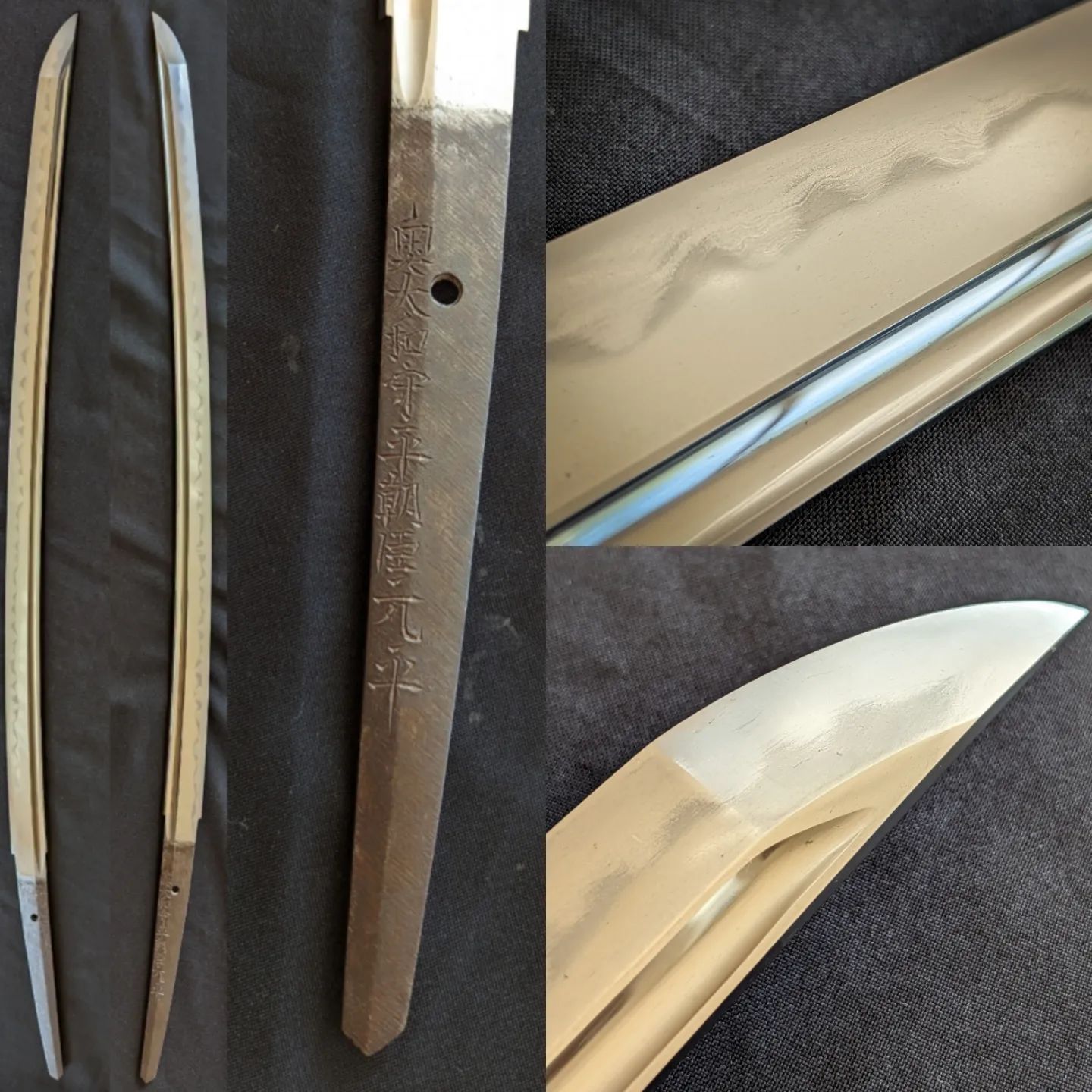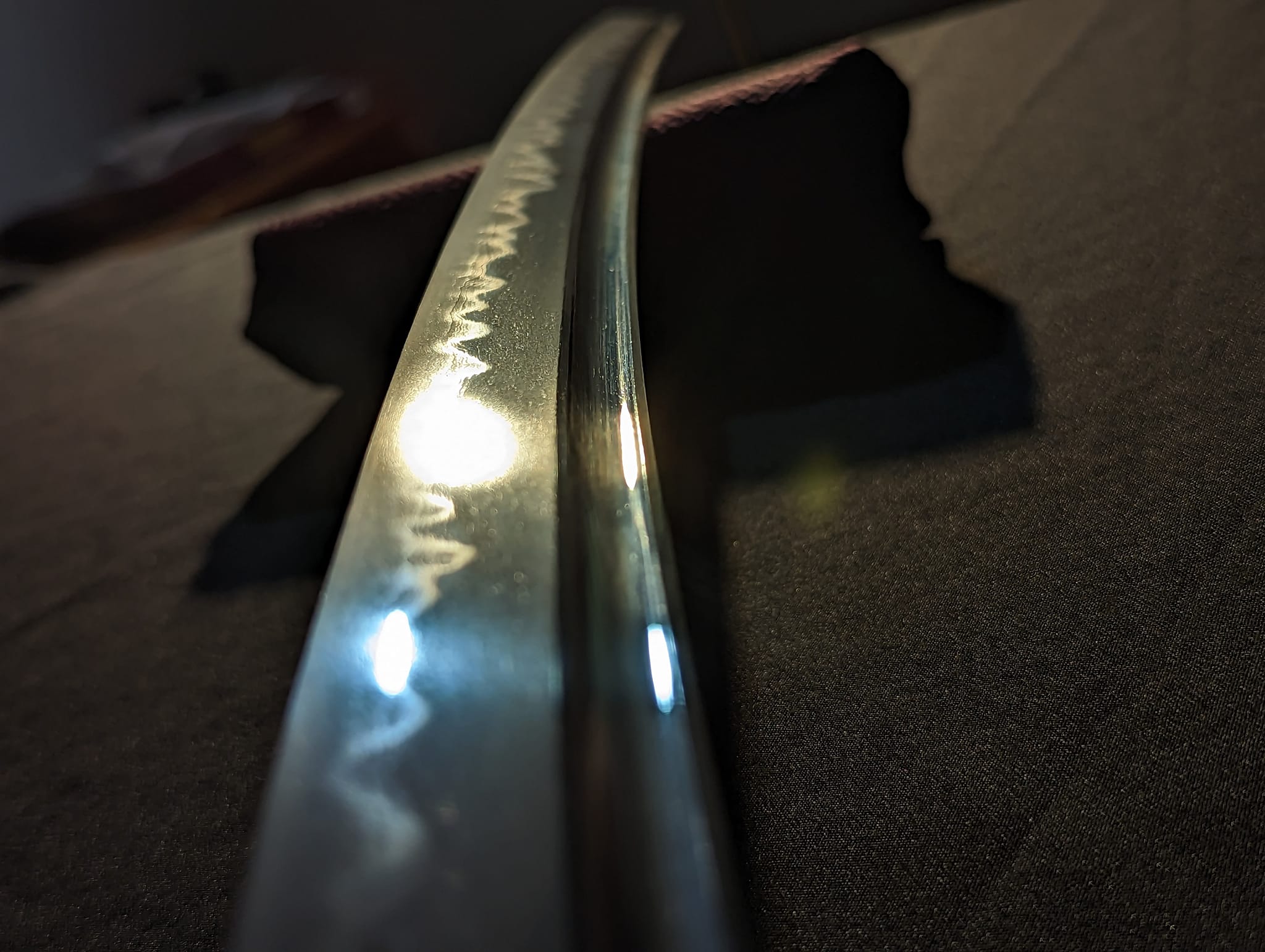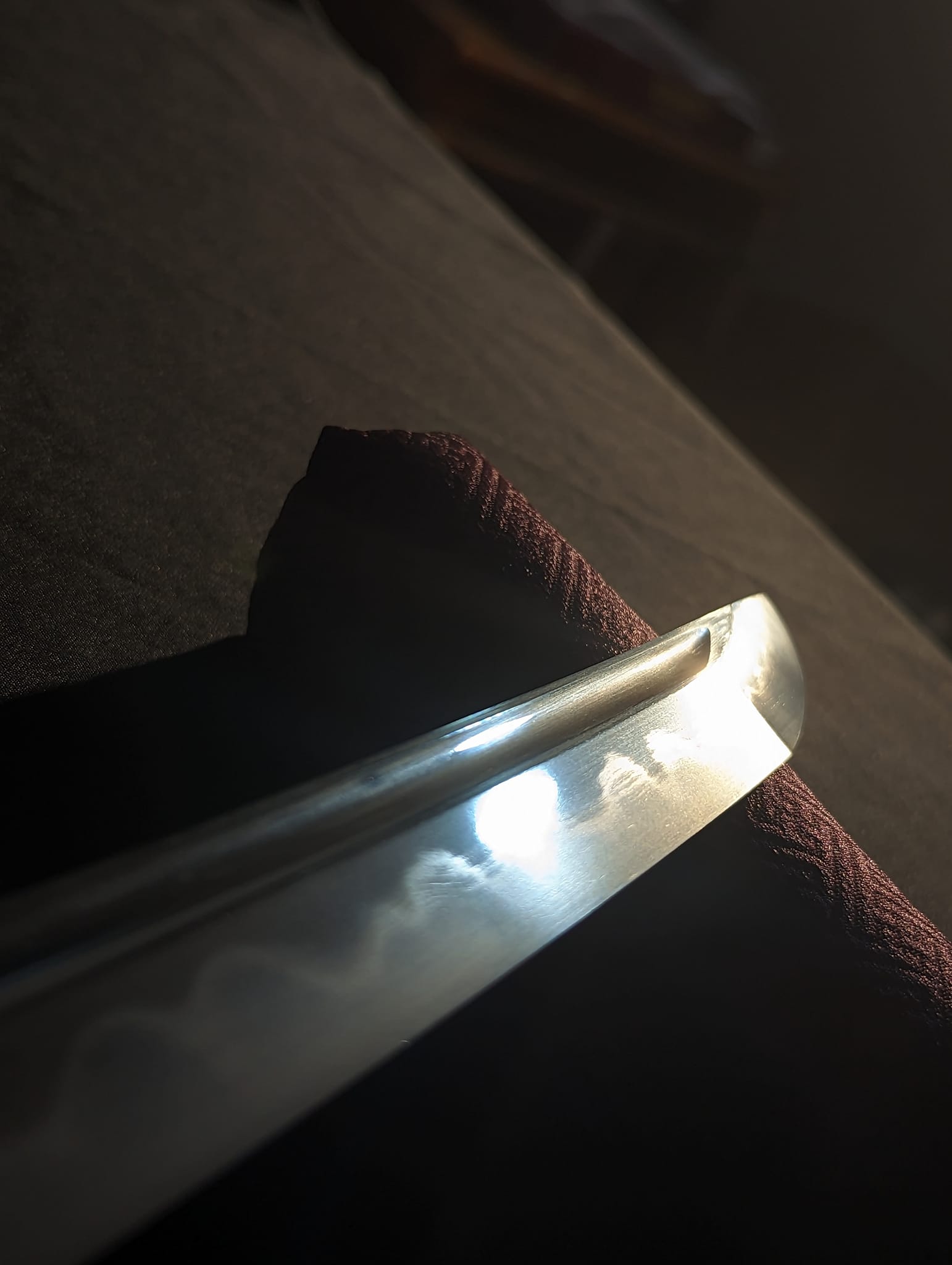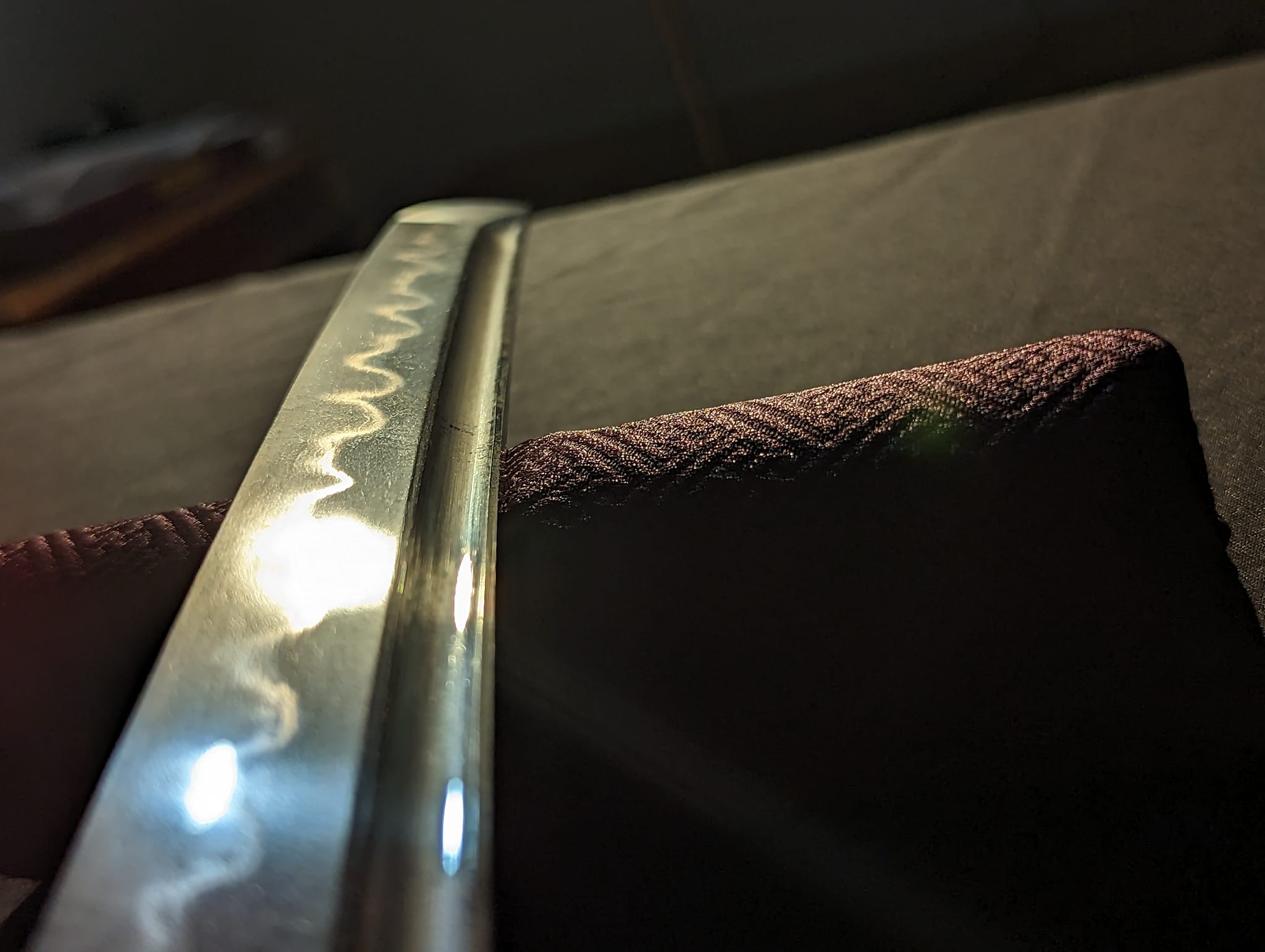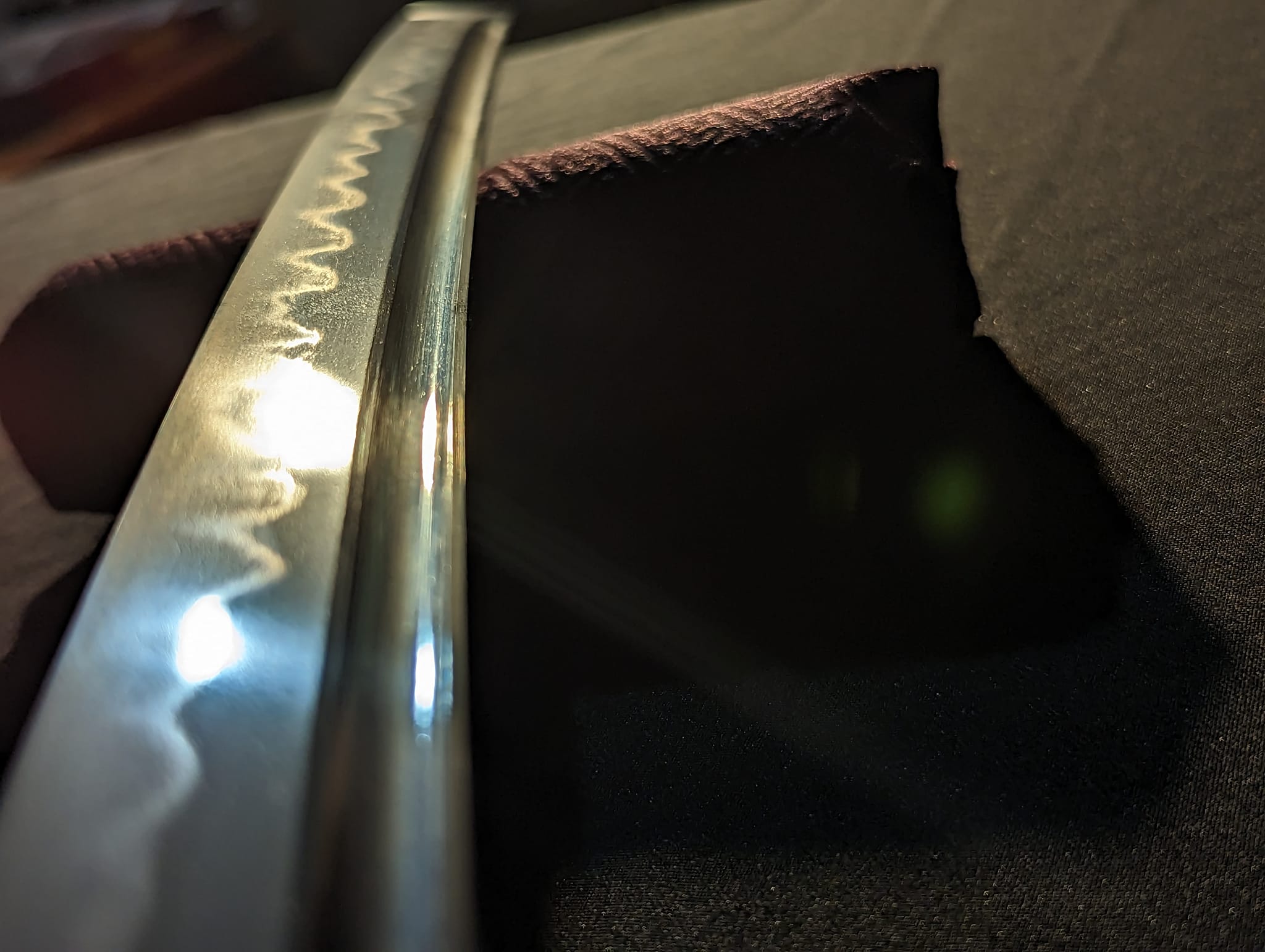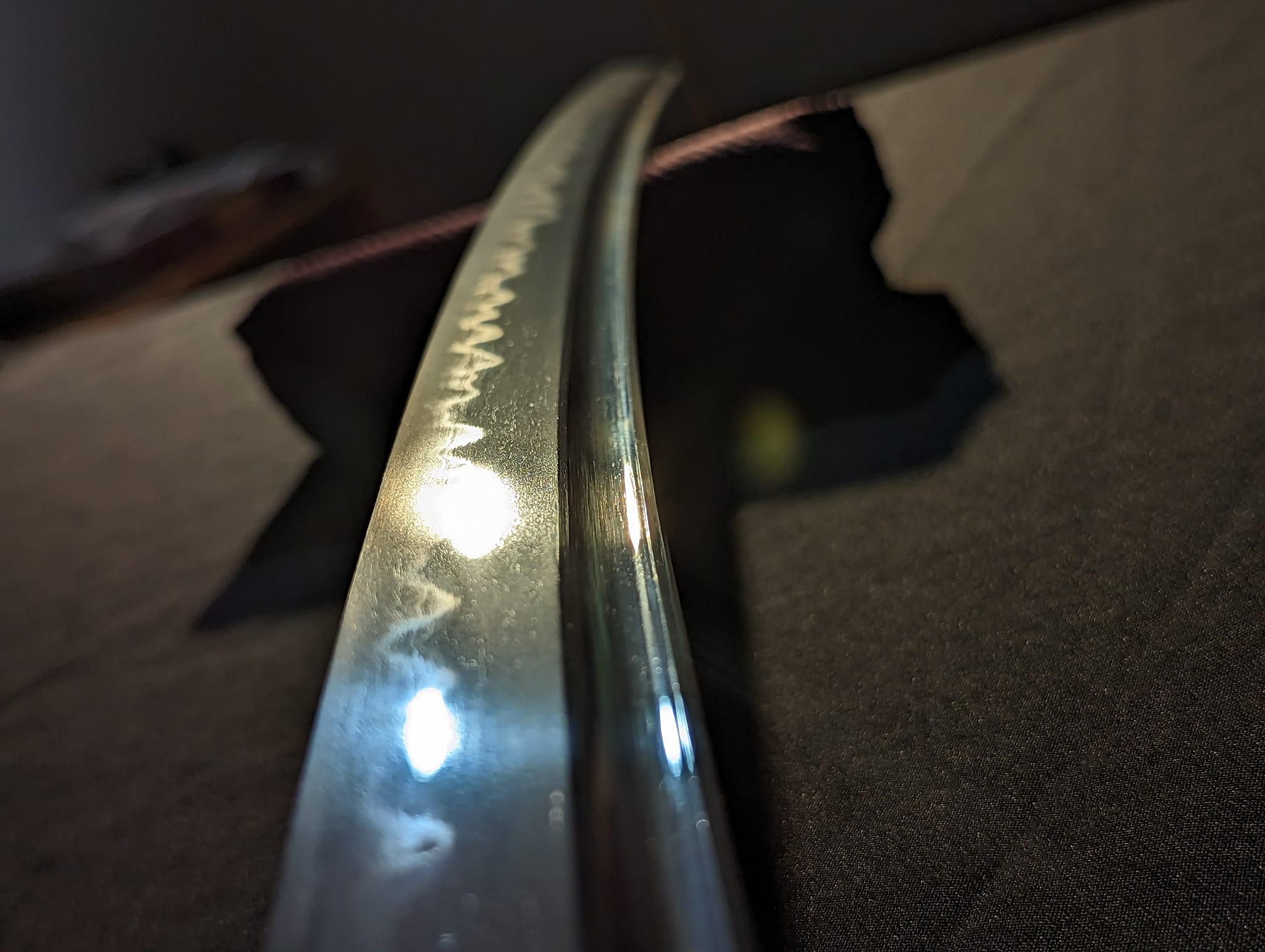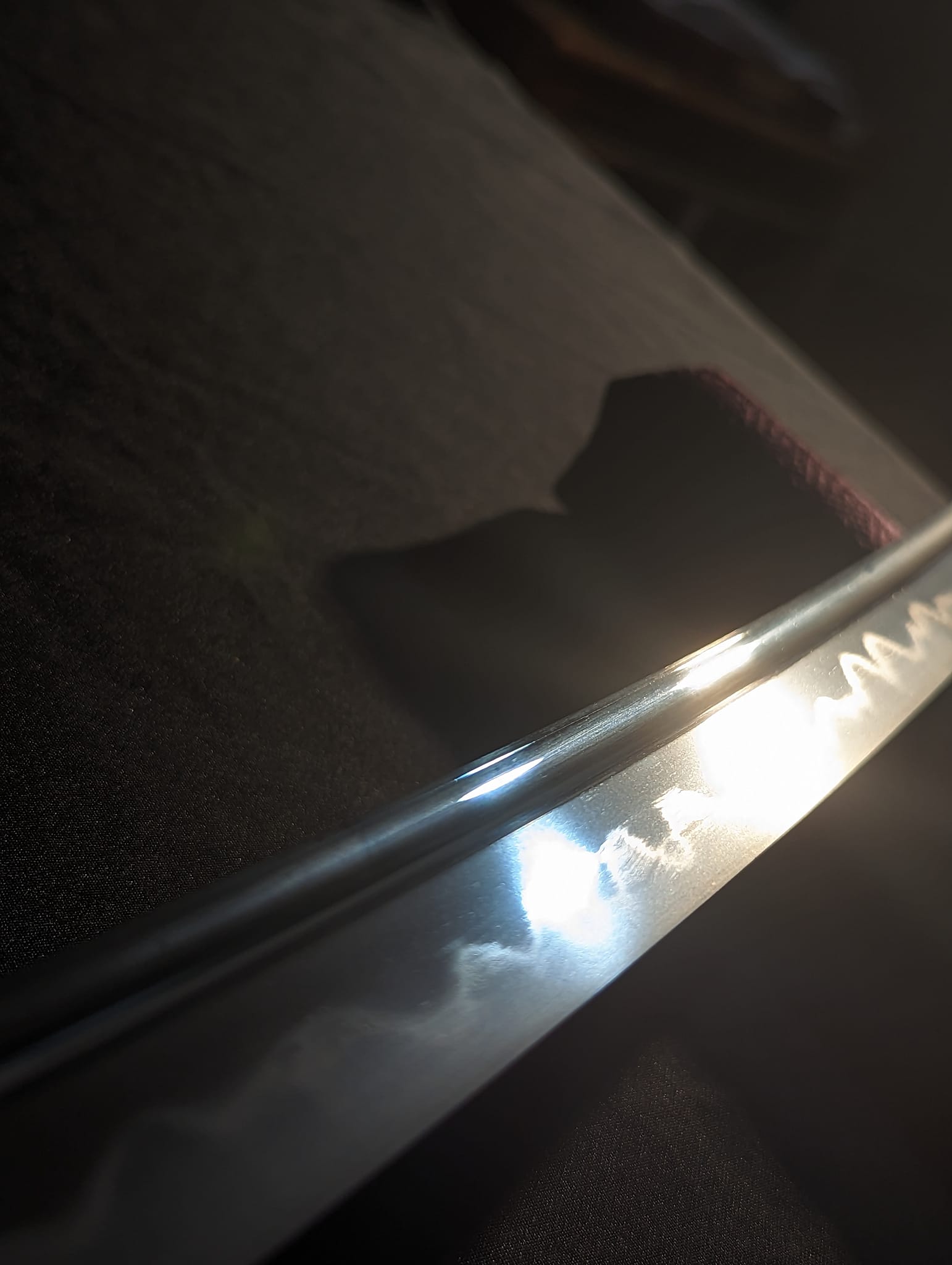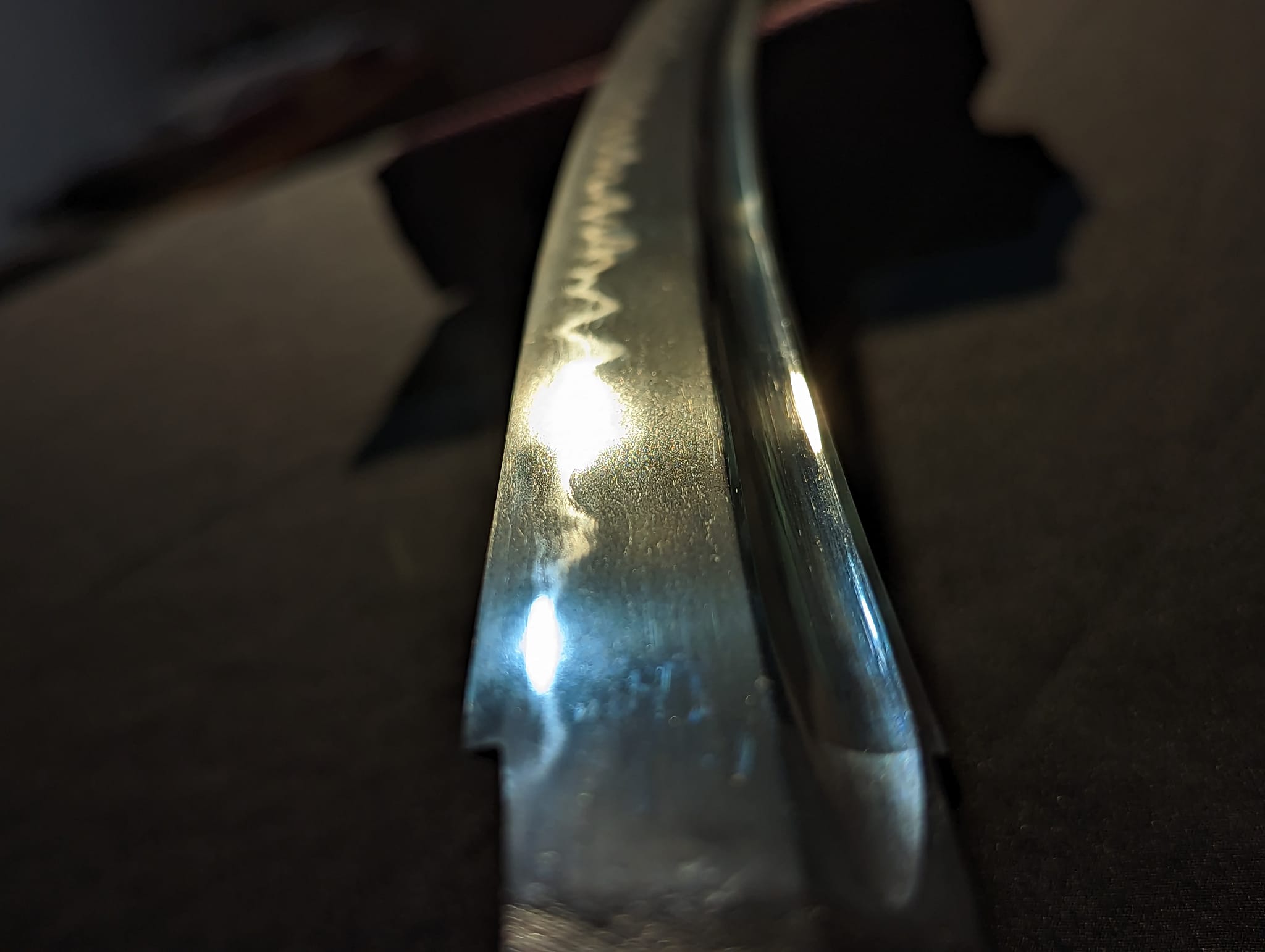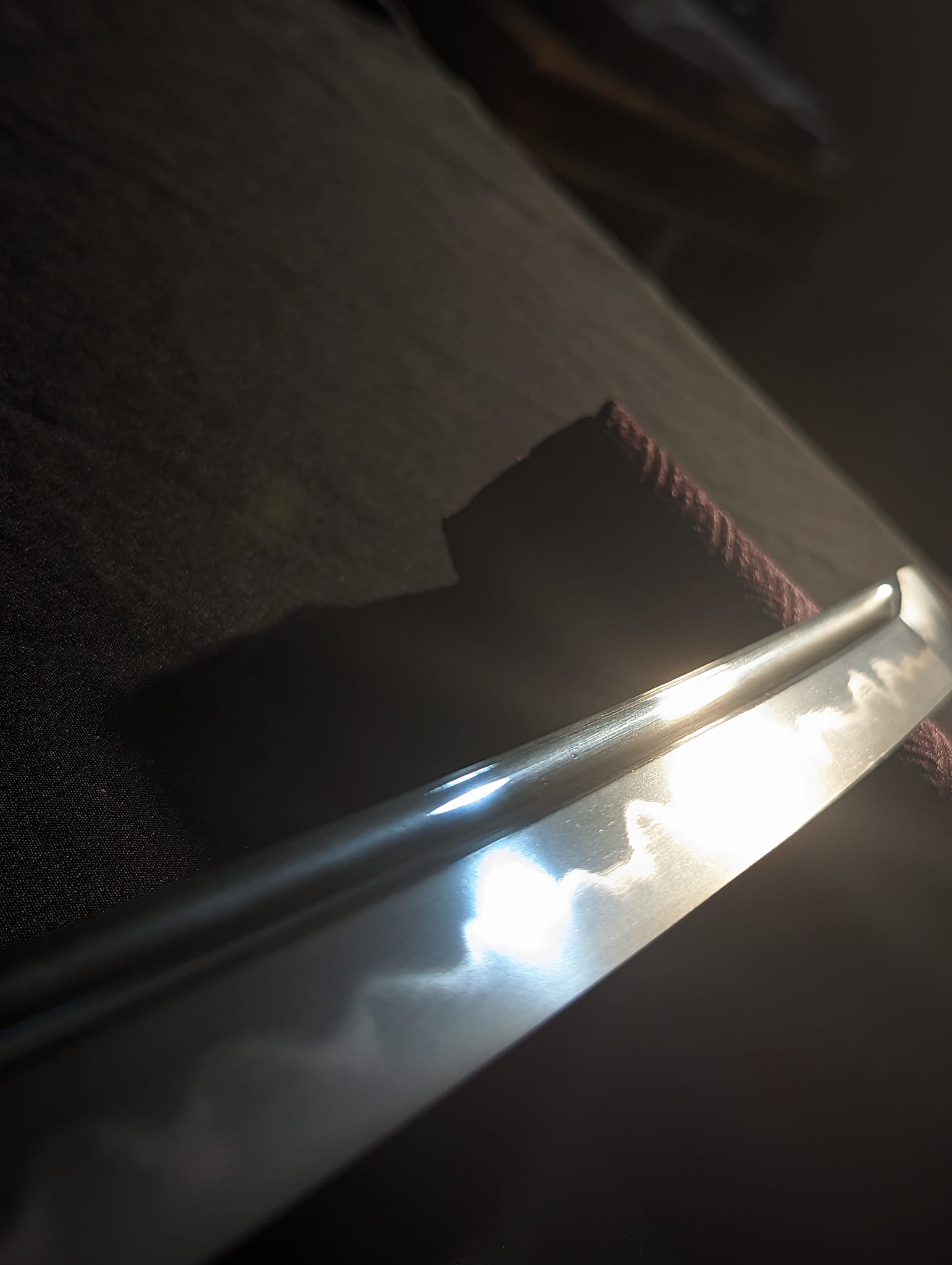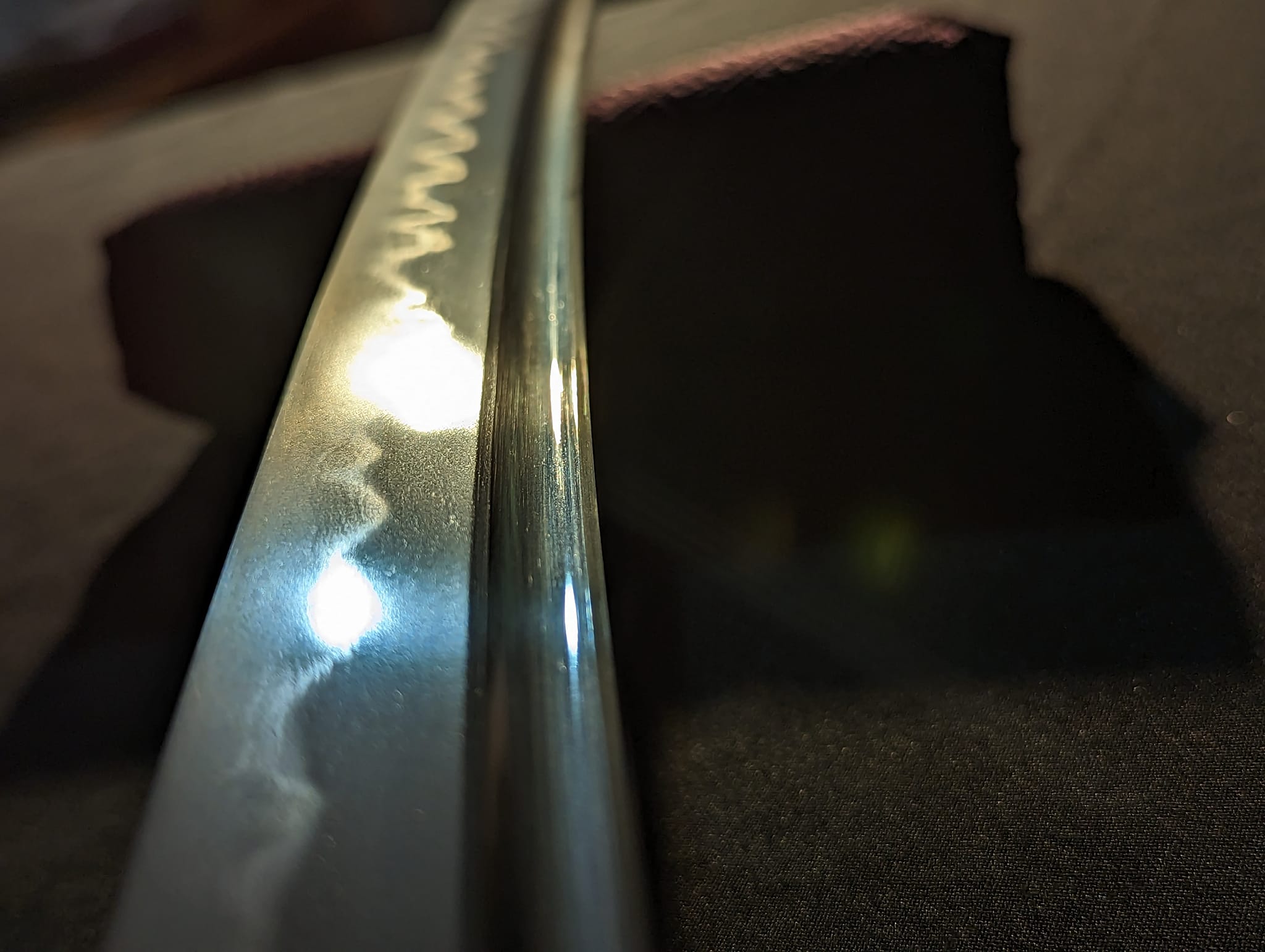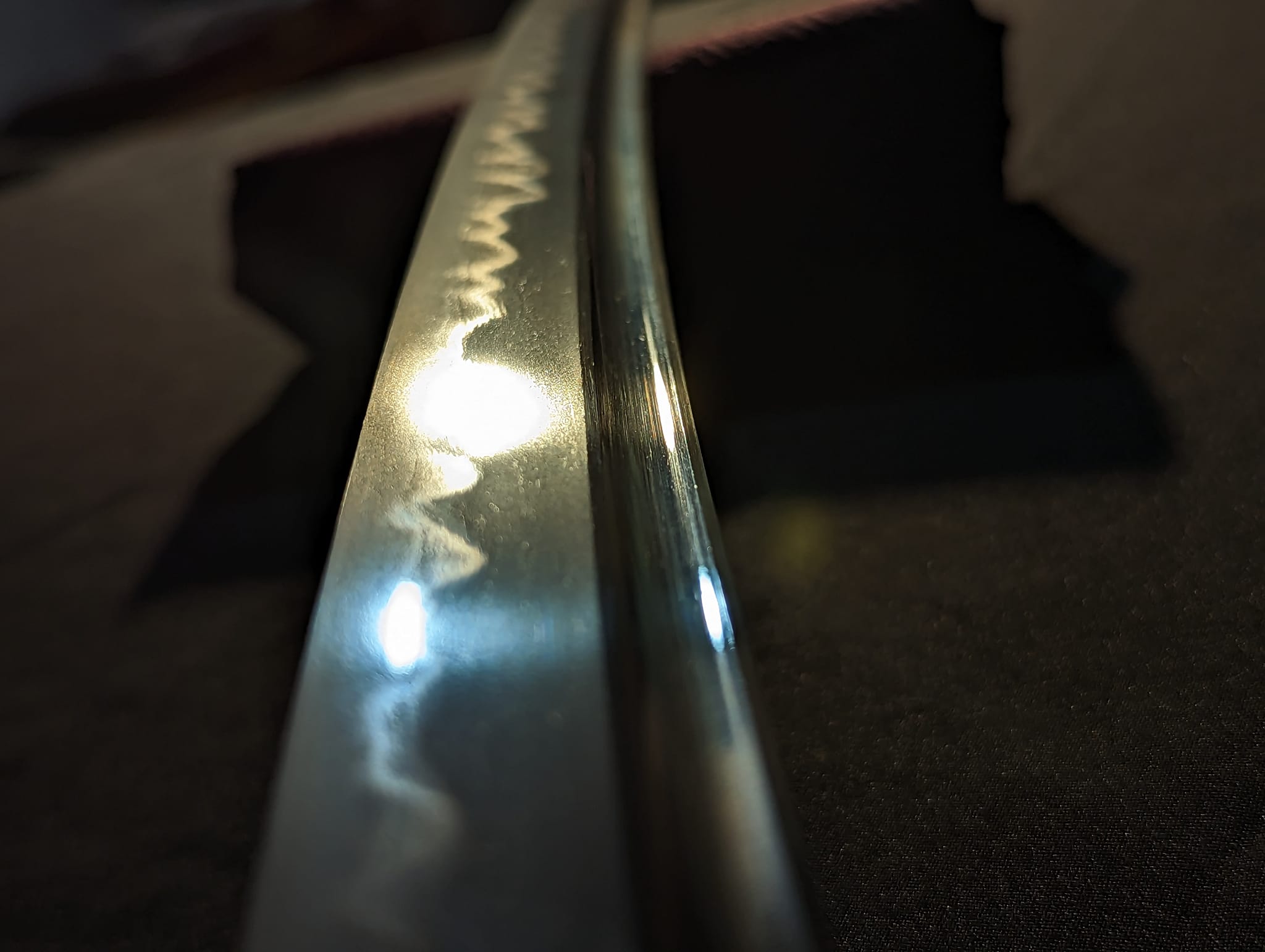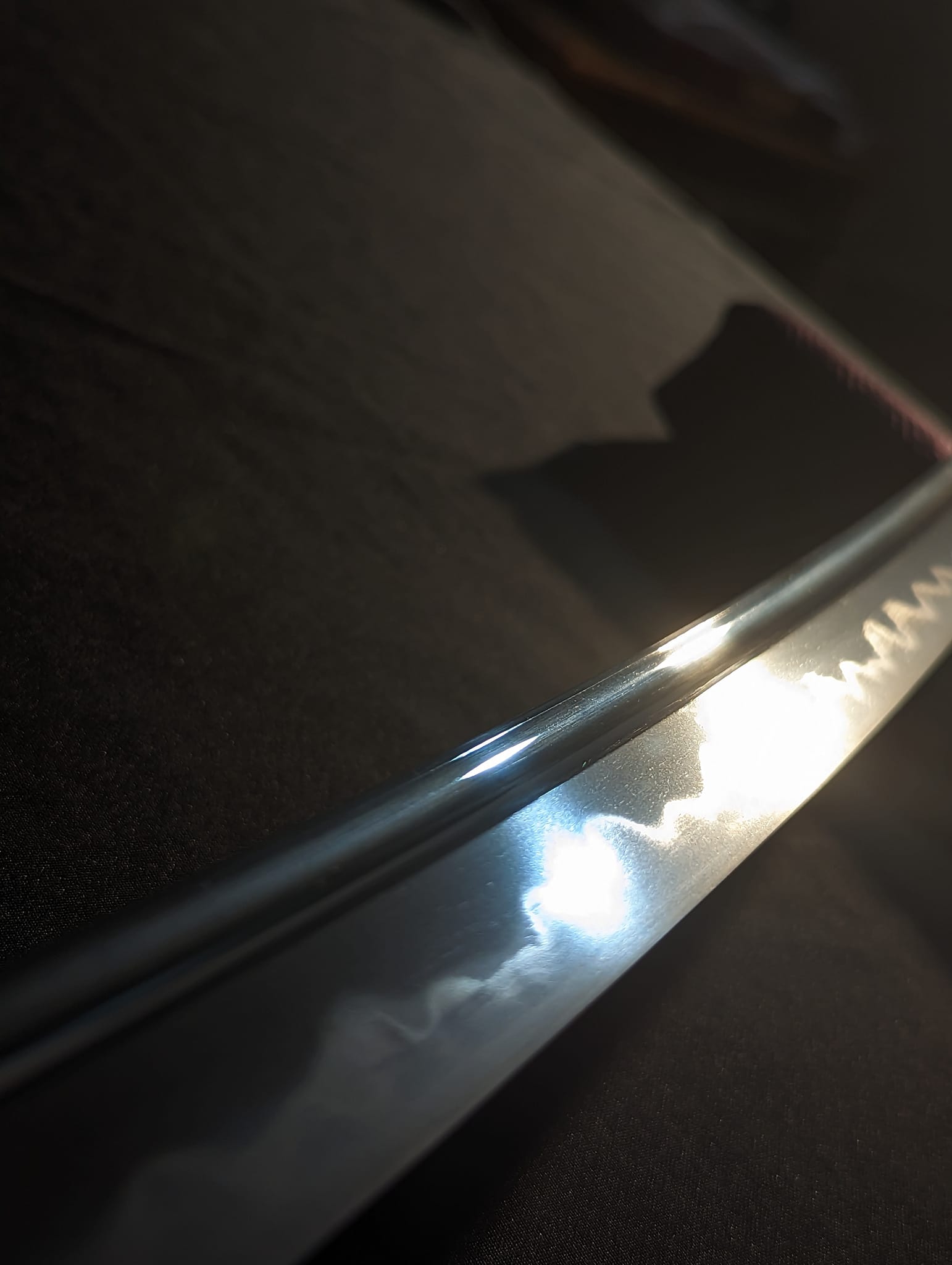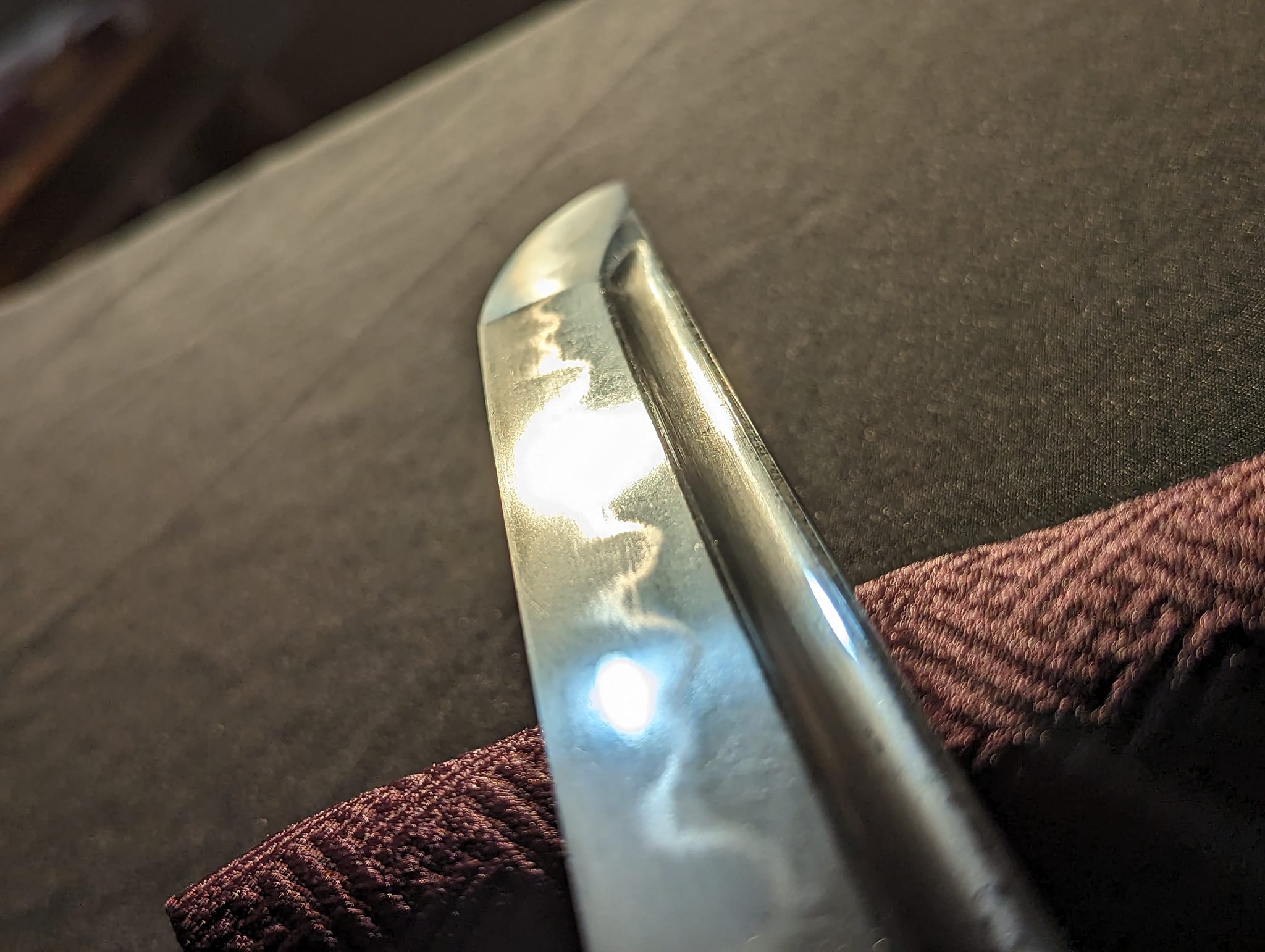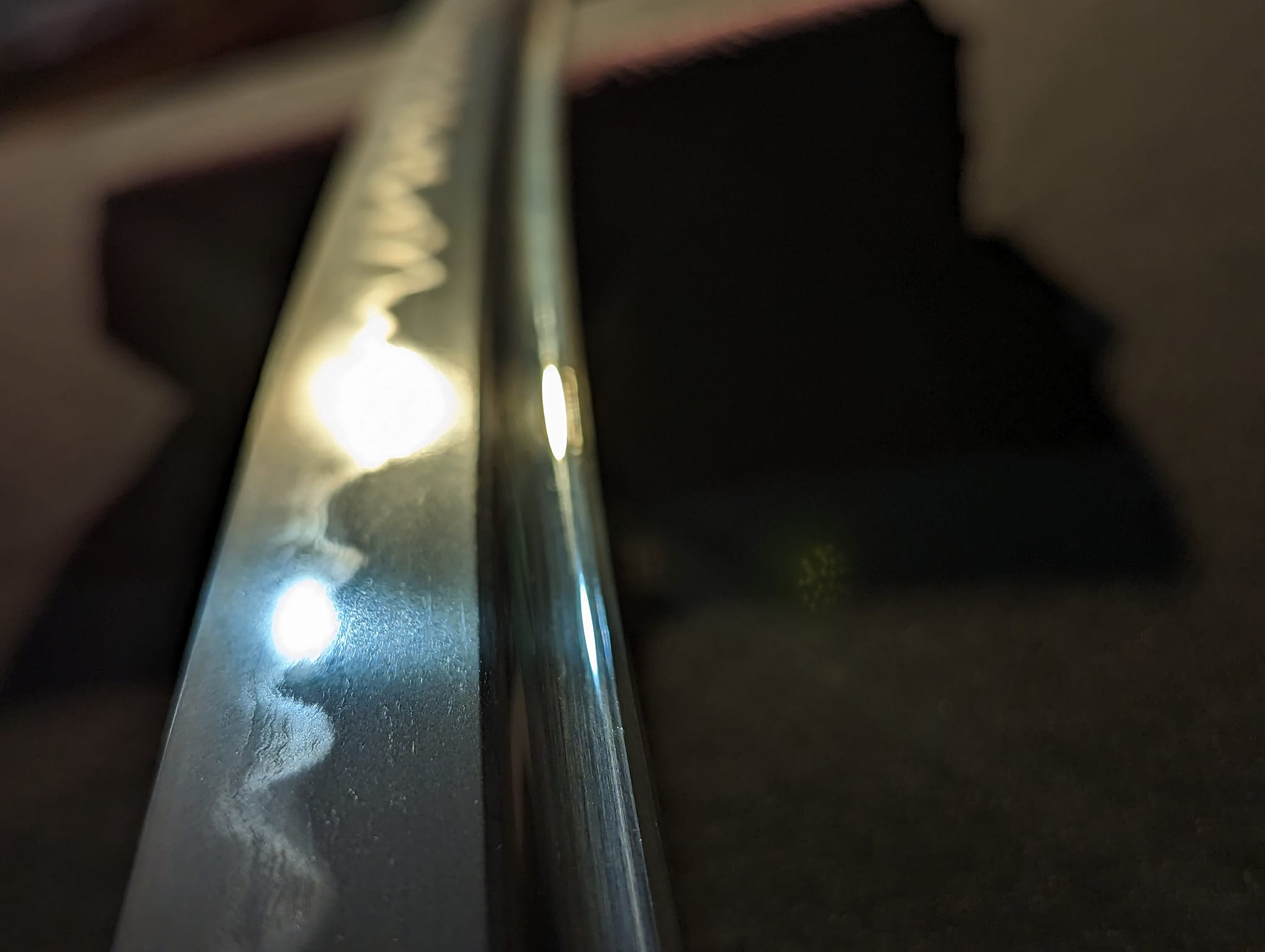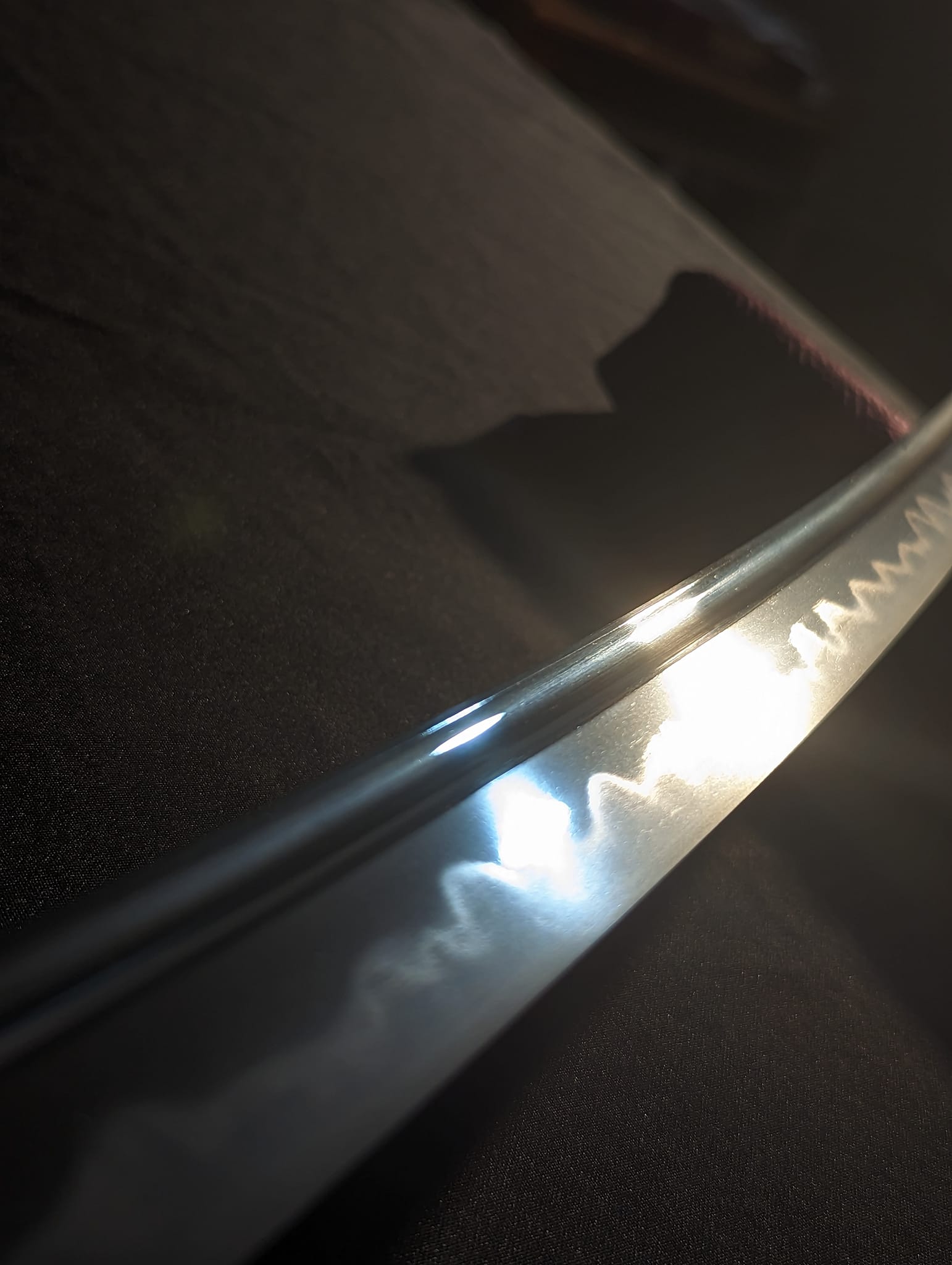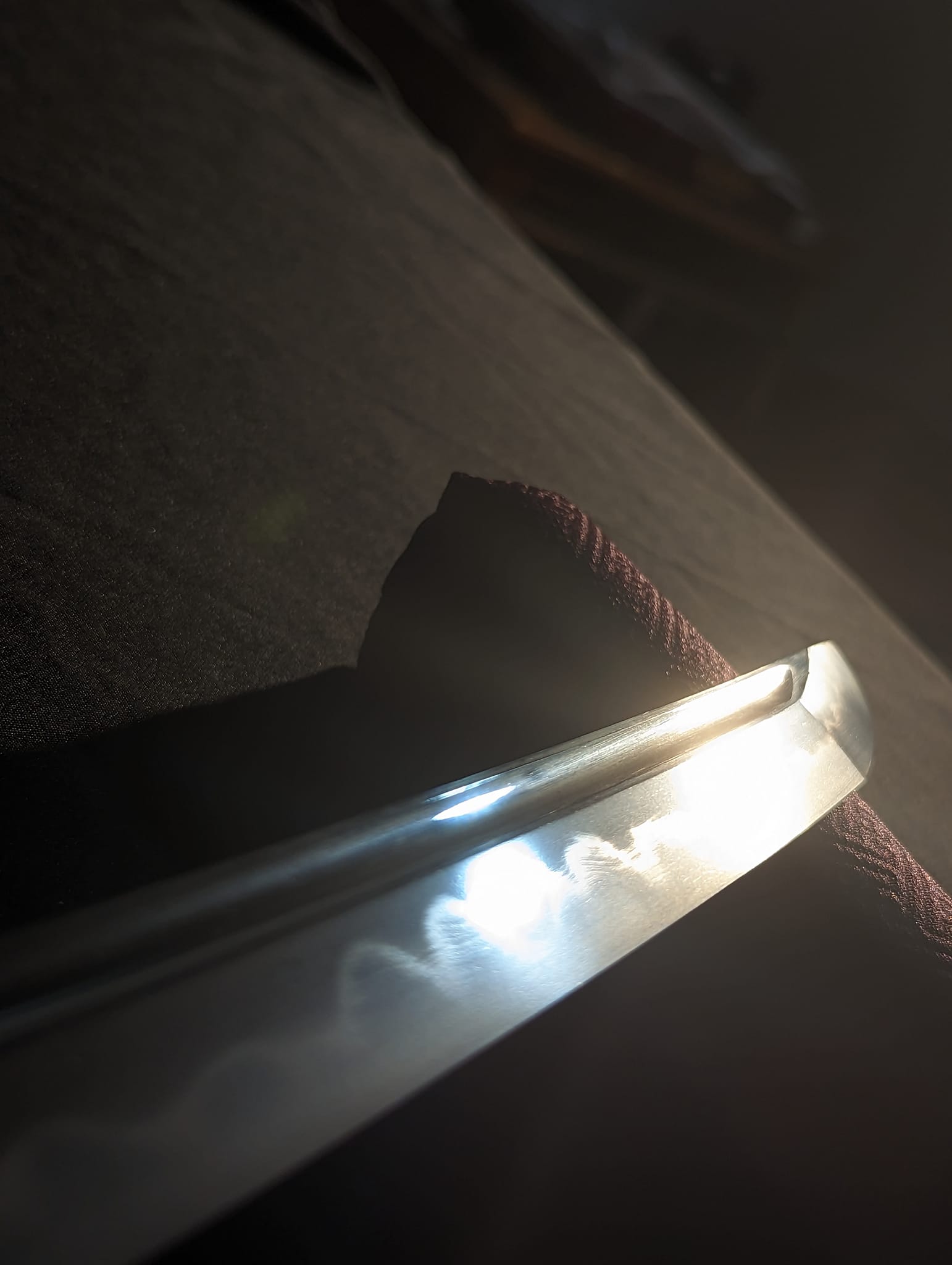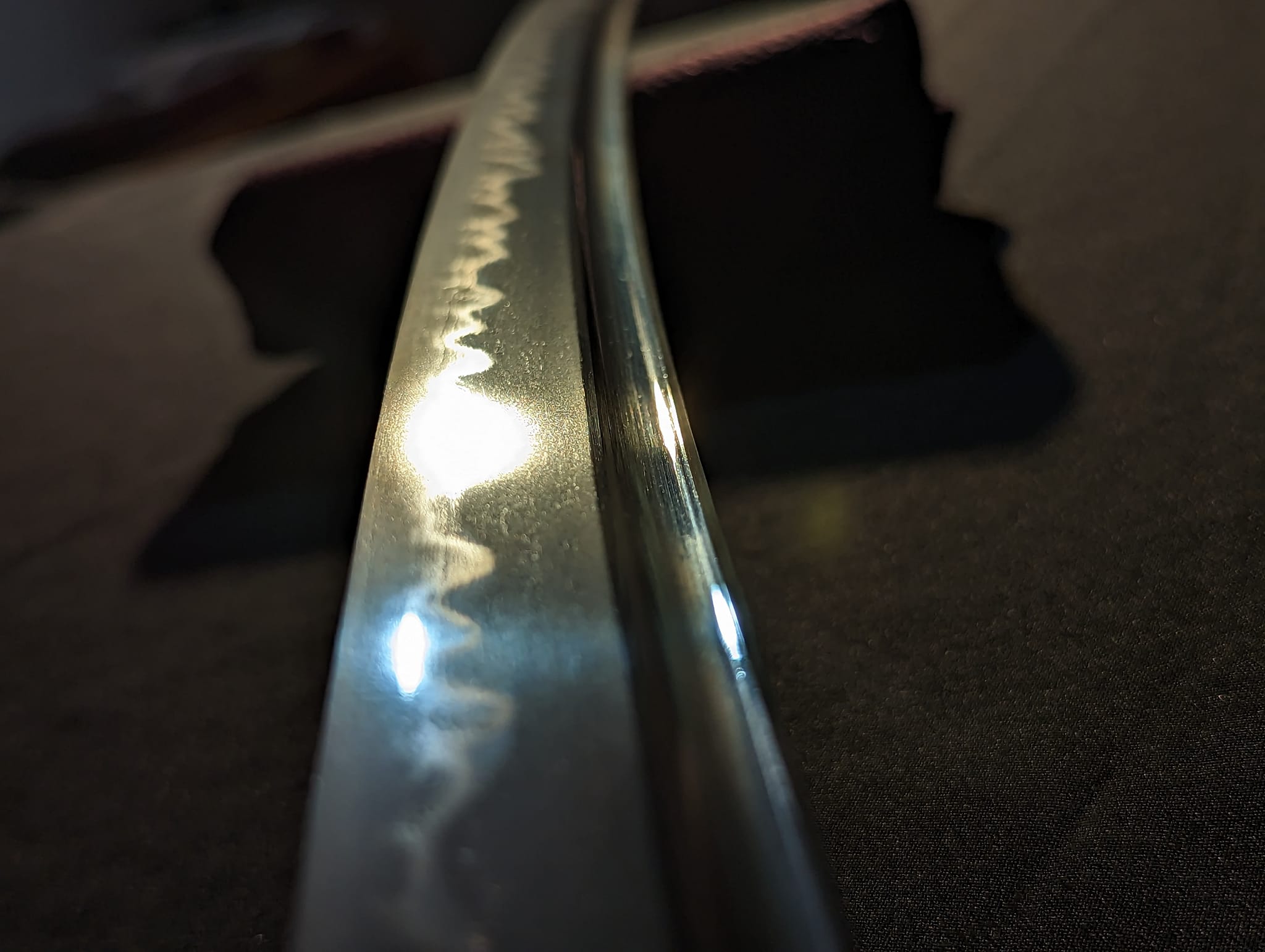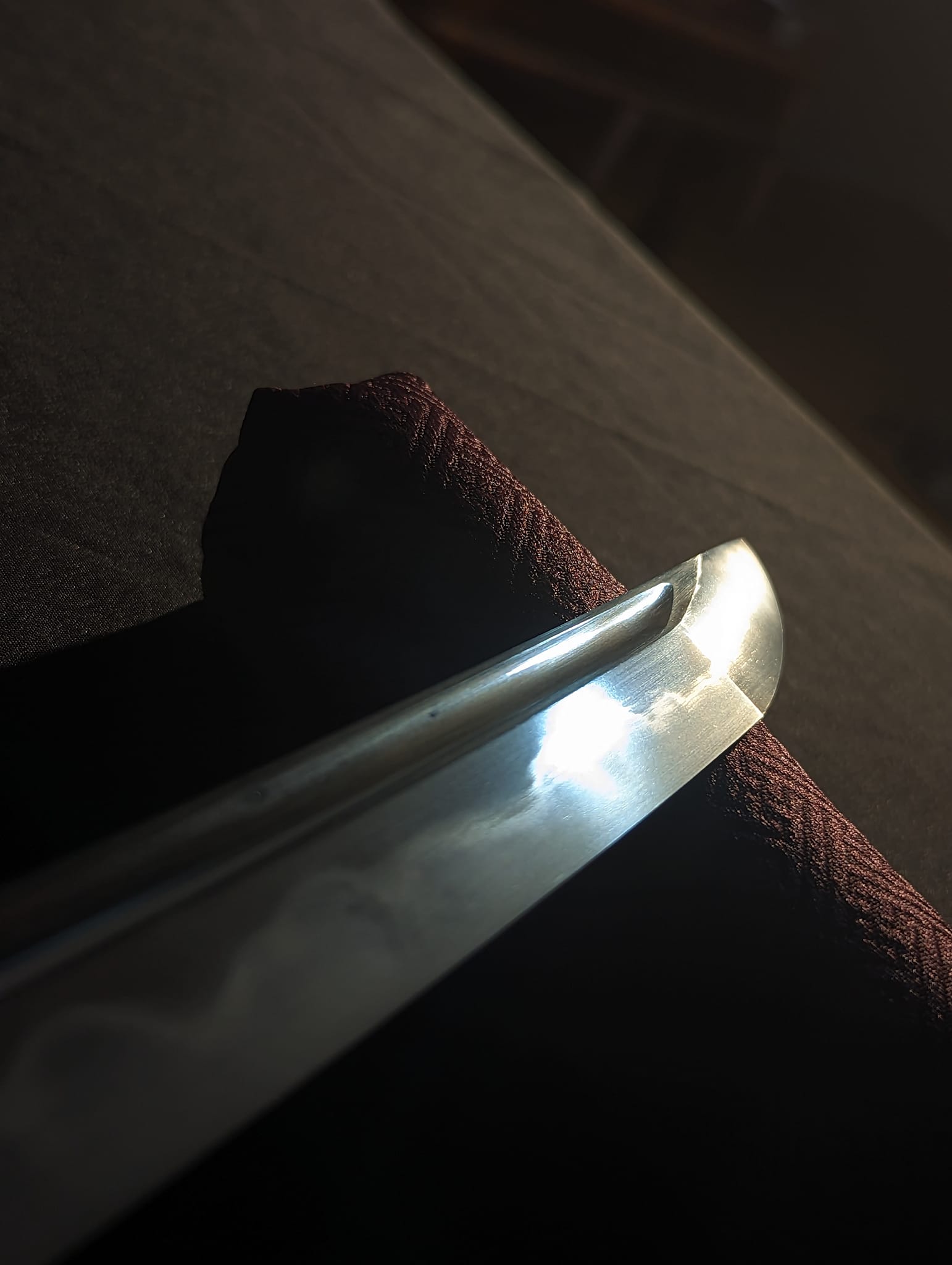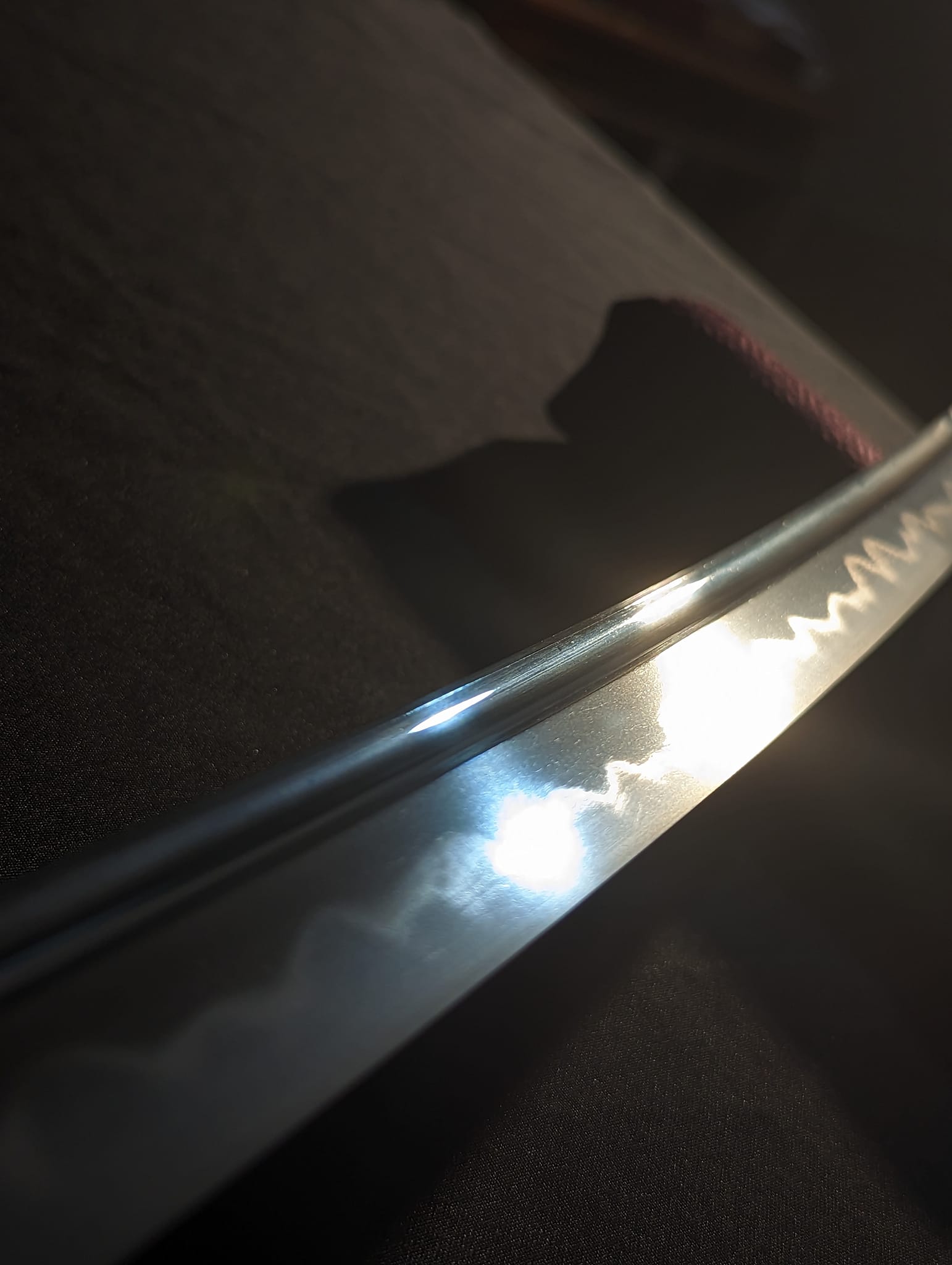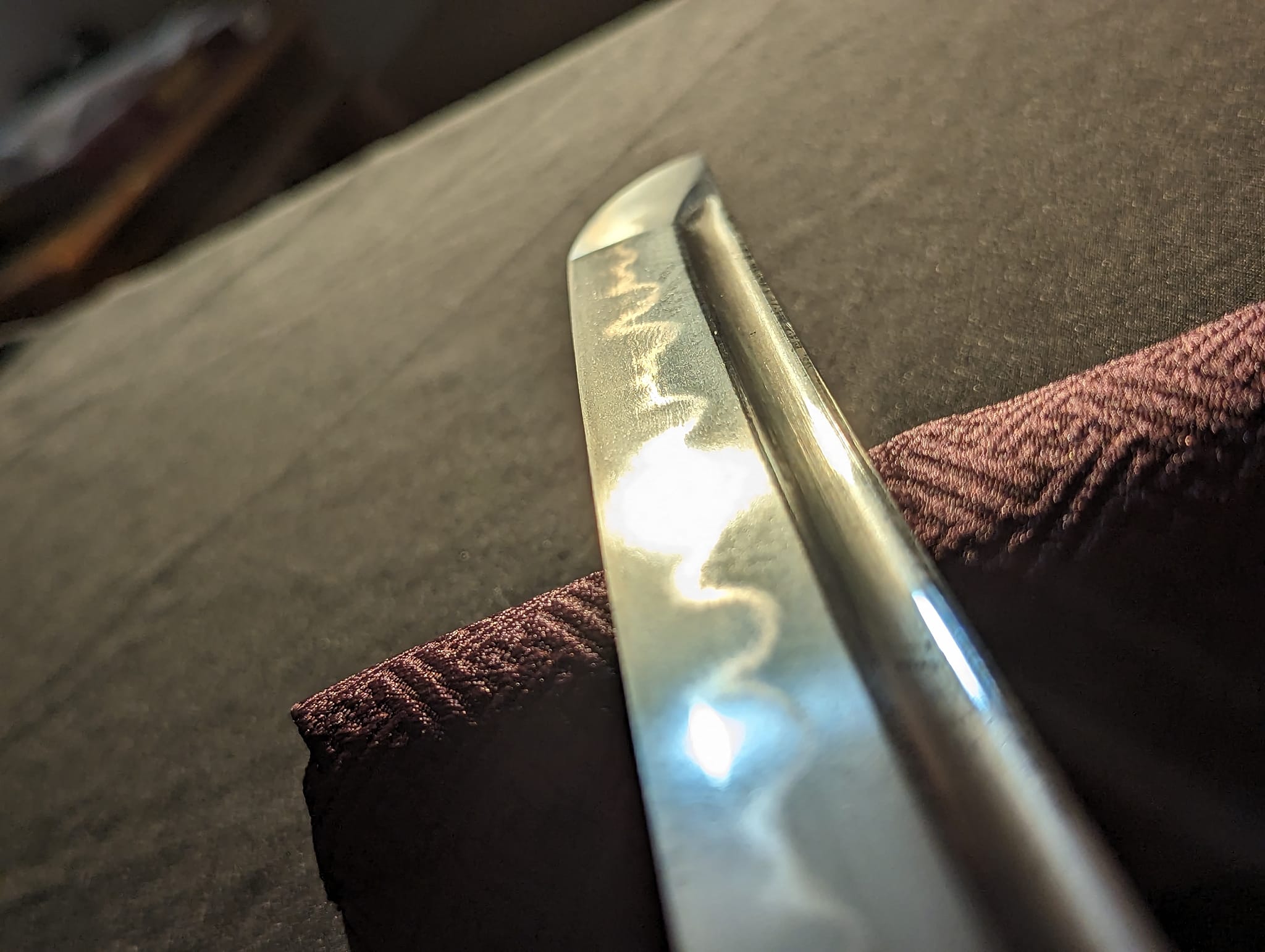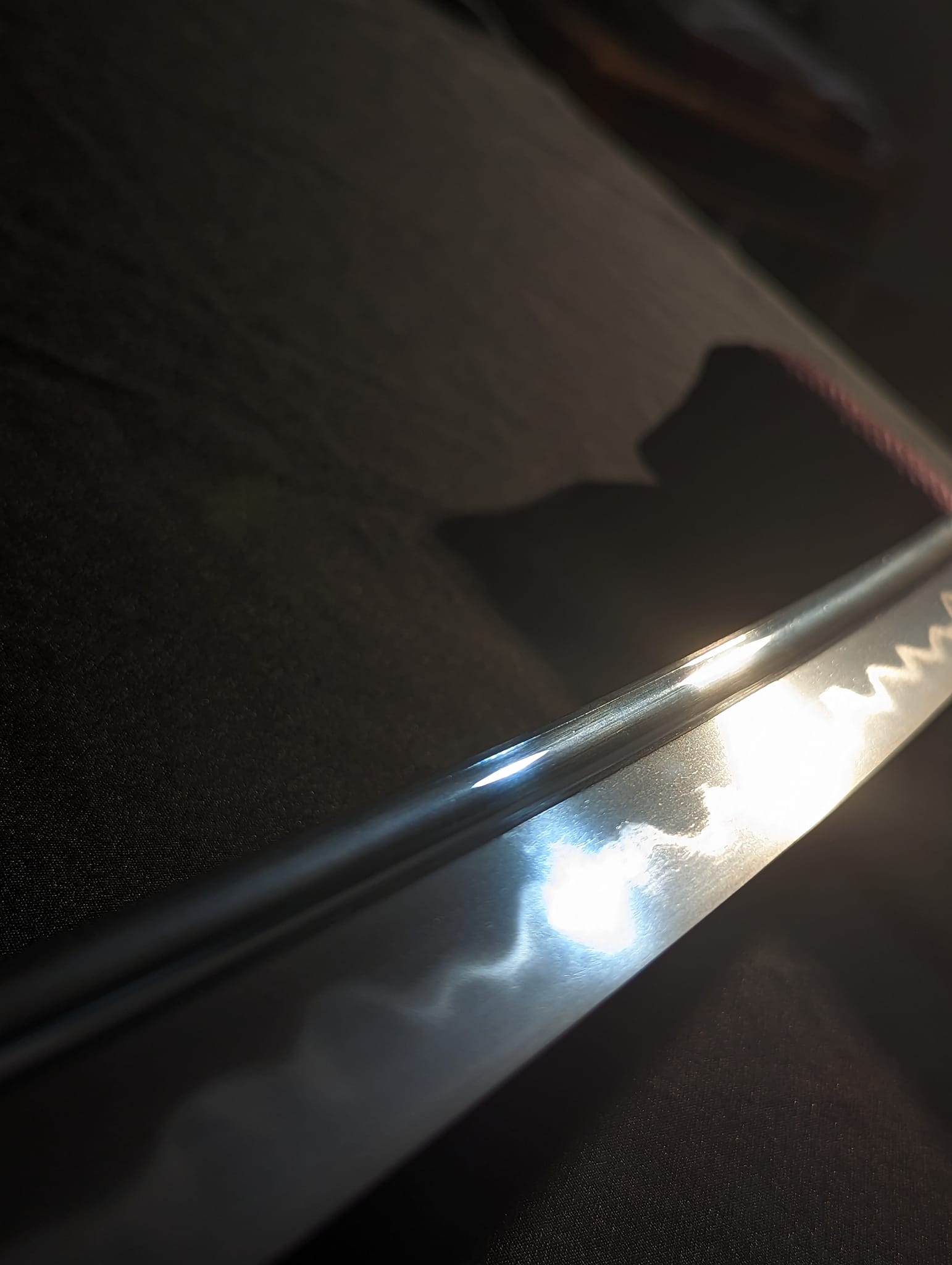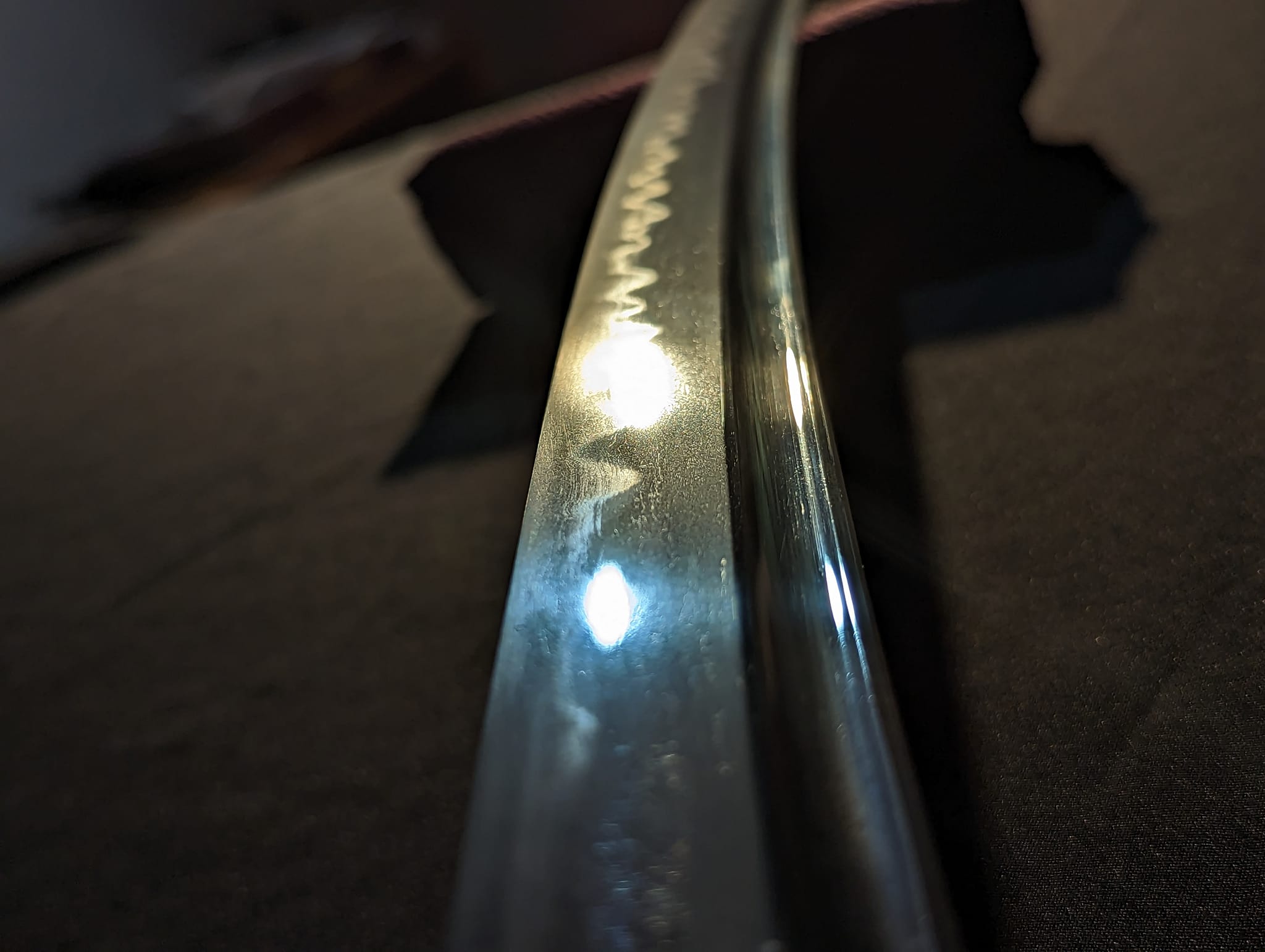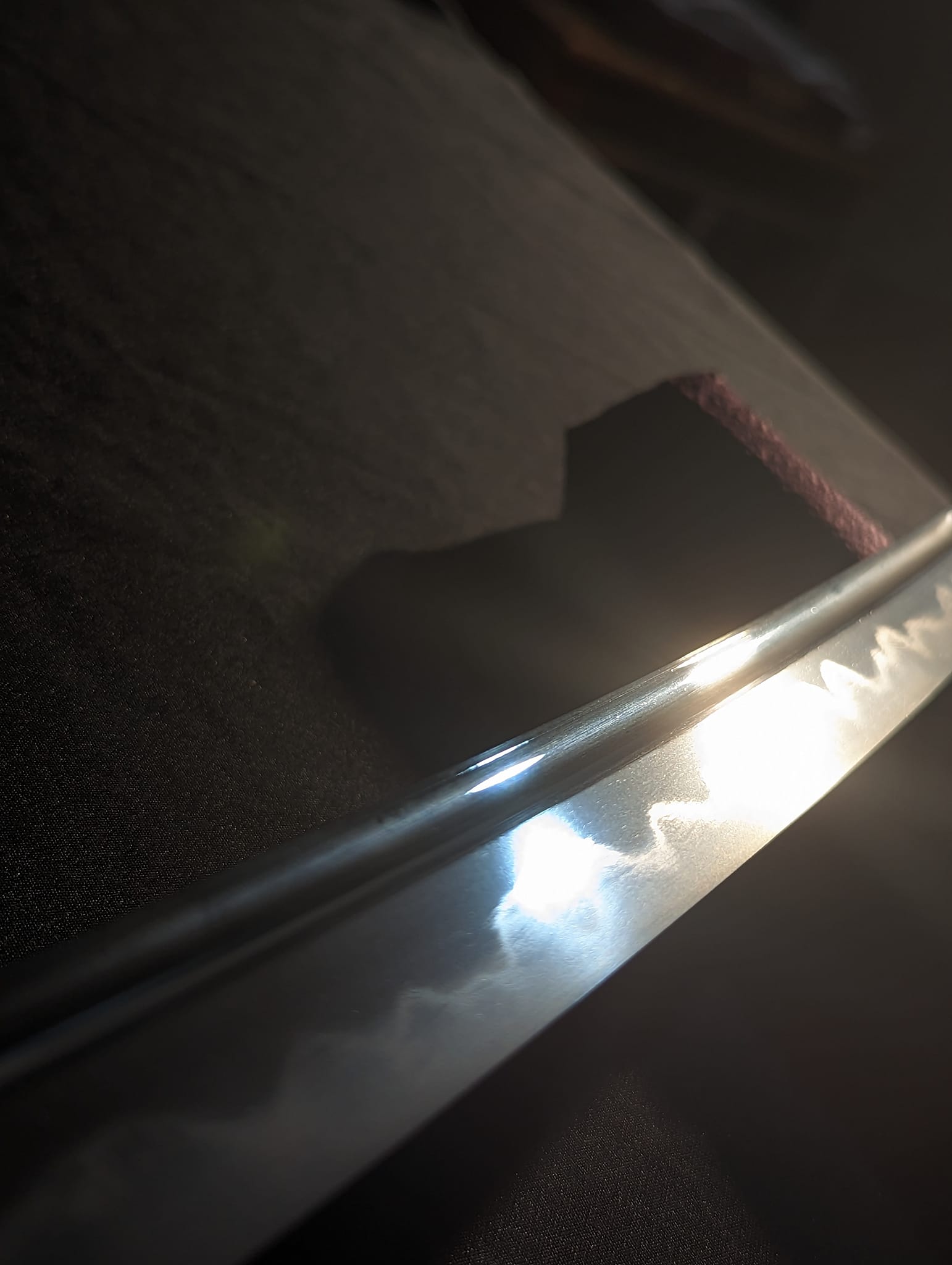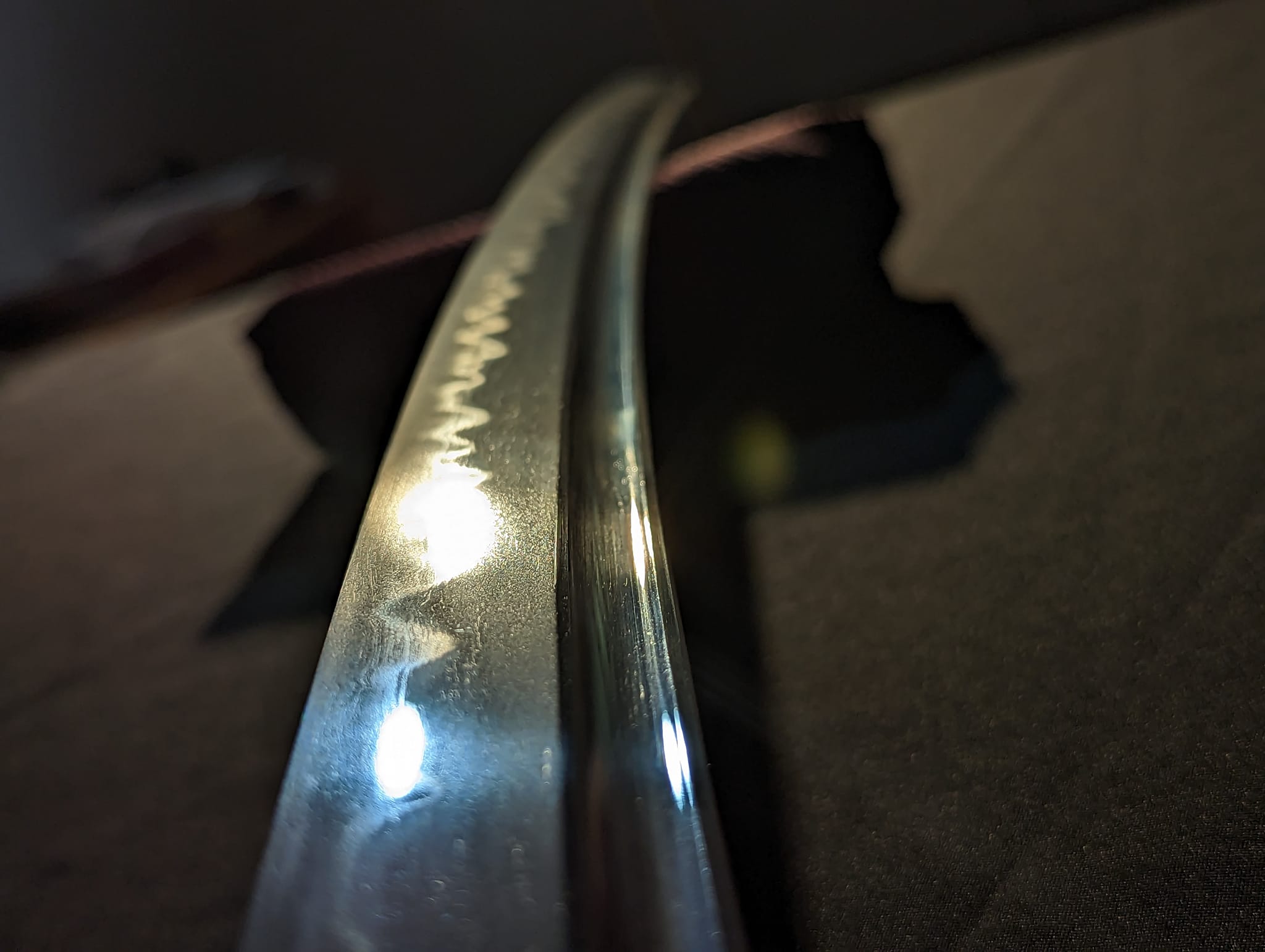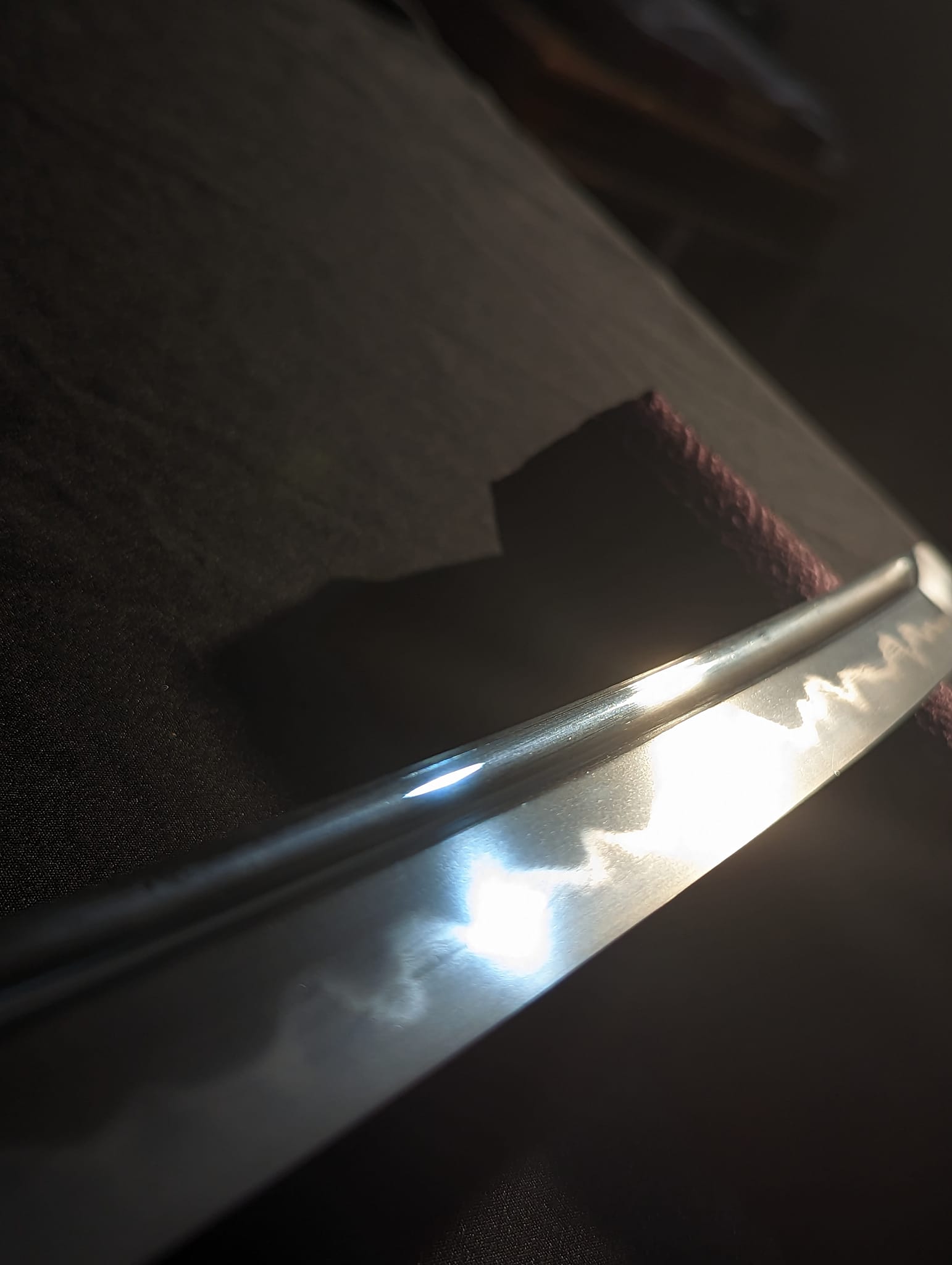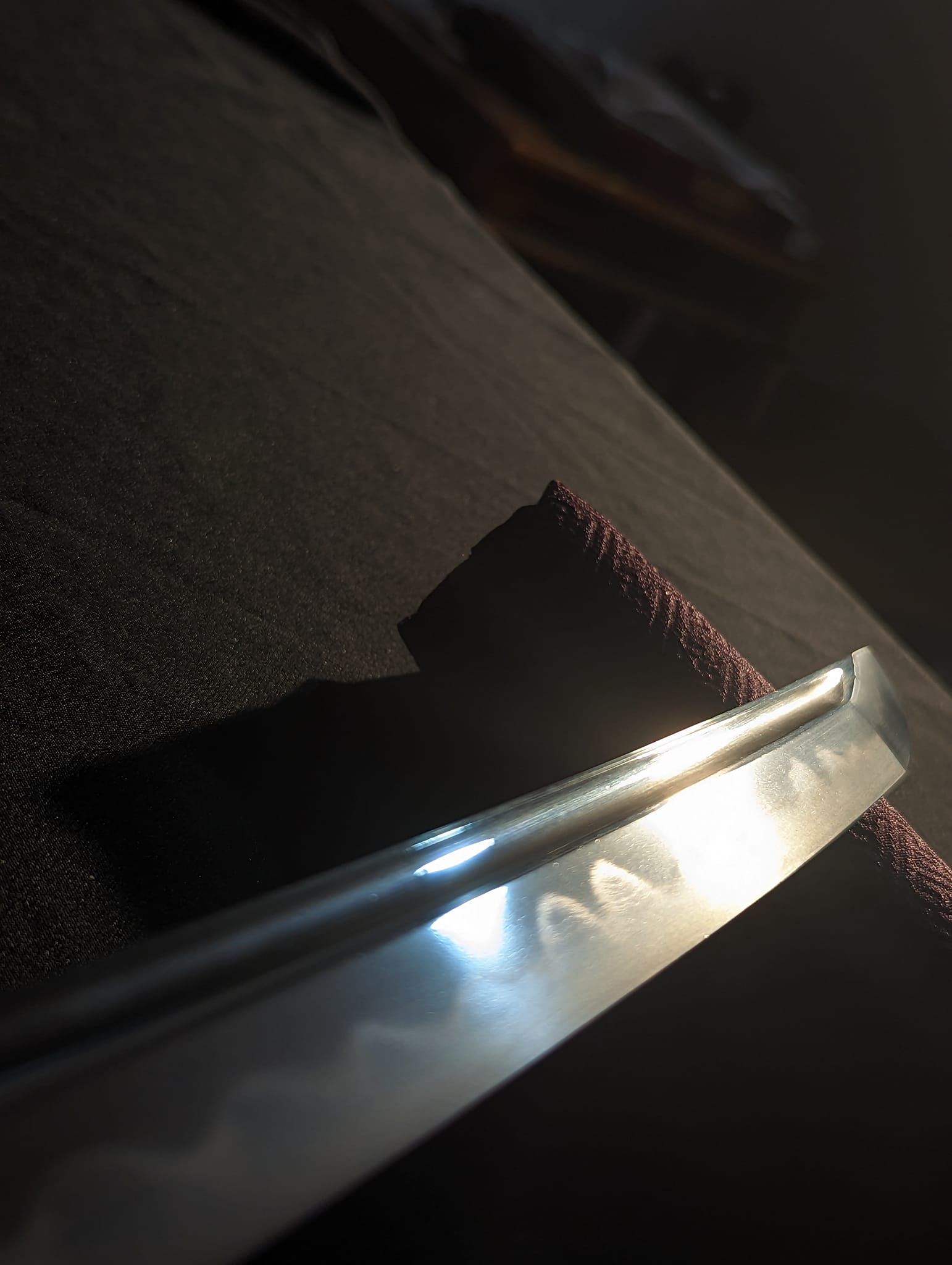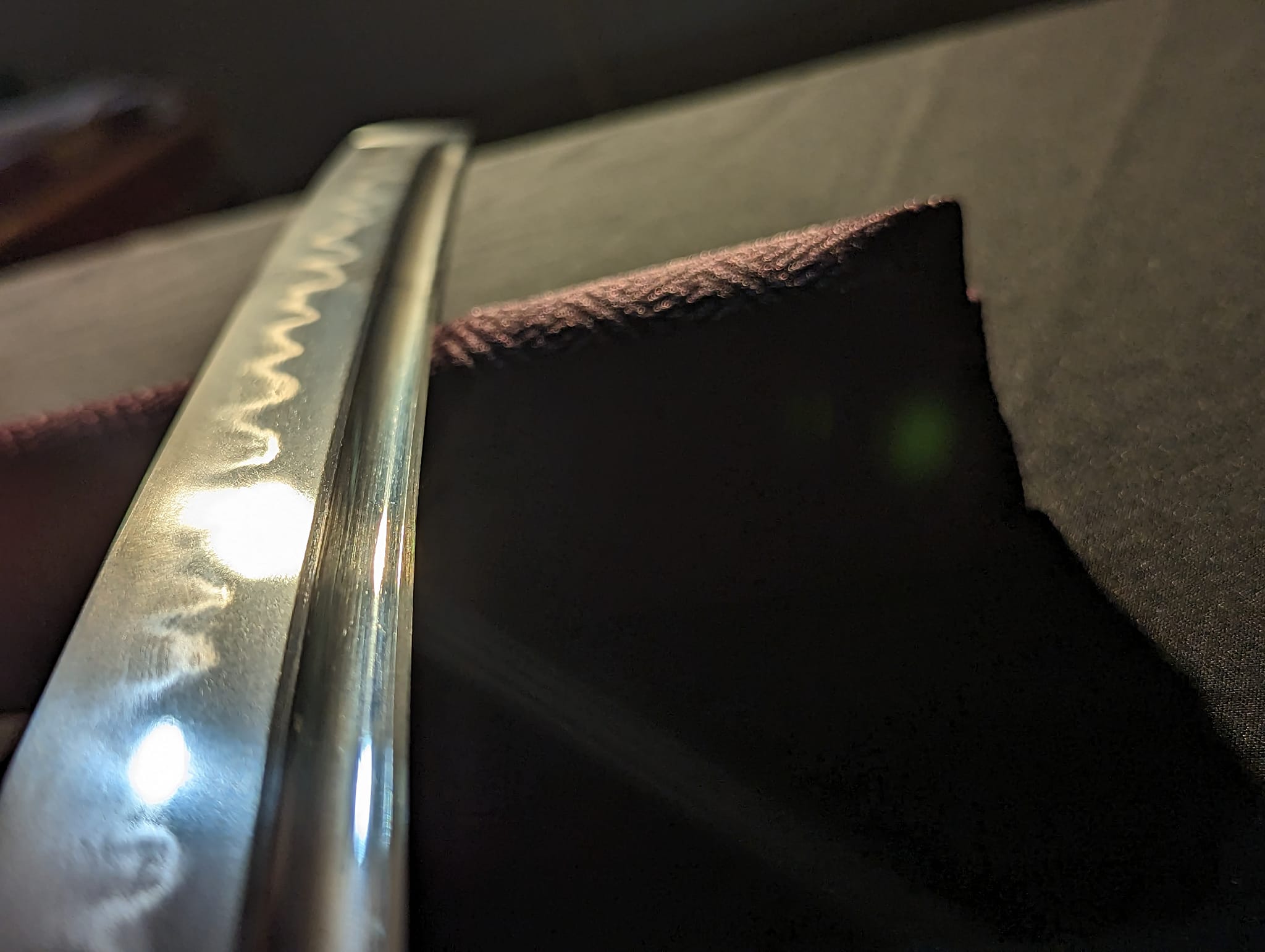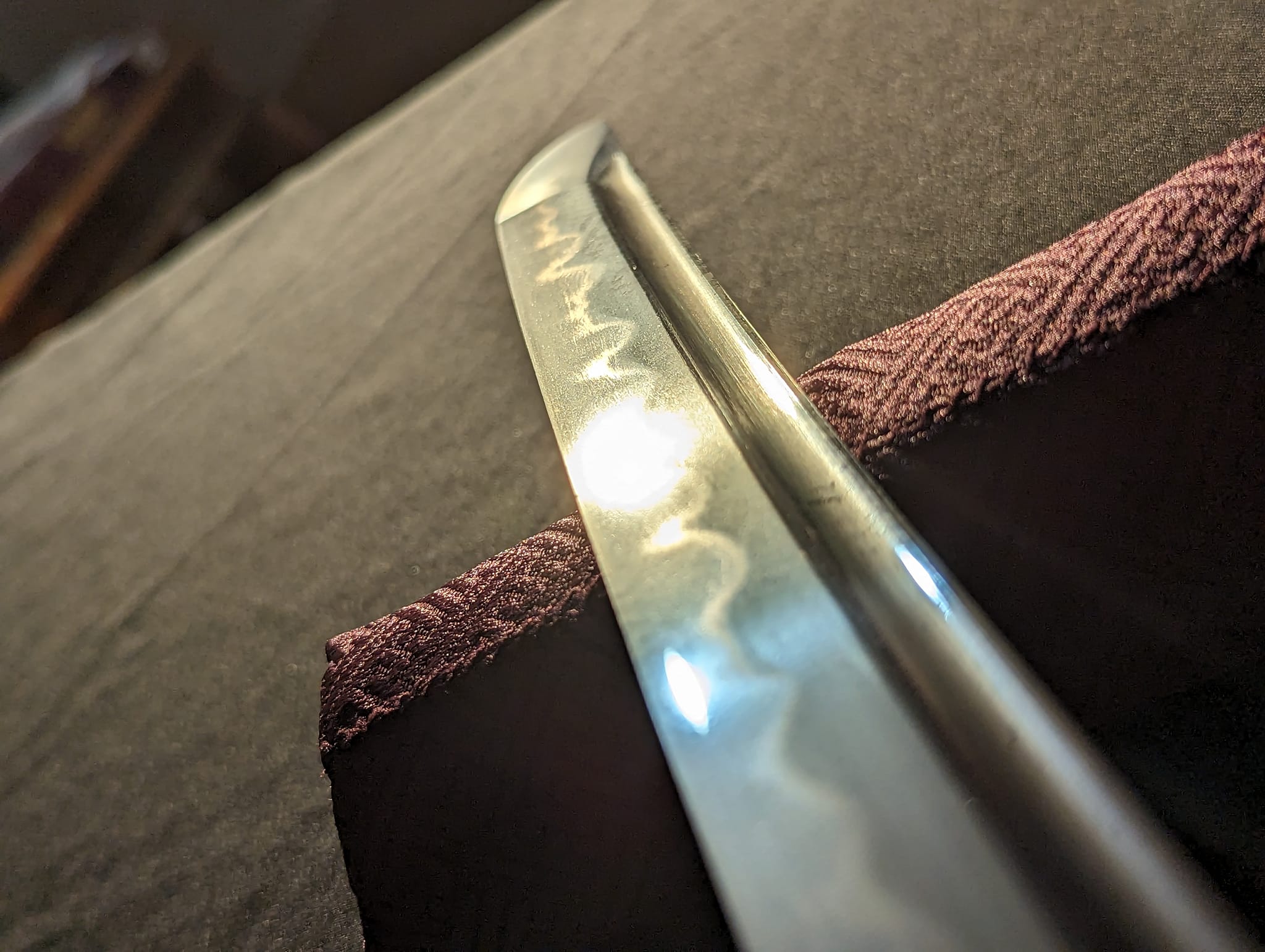MOTOHIRA (元平), 1st gen., Kansei (寛政, 1789-1801), Satsuma – “Satsuyō-shi Motohira” (薩陽士元平), “Satsufu-bushin Mizukami-jū Oku-shi Motohira (薩府武臣水上住奥氏元平, “Motohira from the Oku family, resident of Mizukami, retainer of the Satsuma fief”), “Satsuyō-shi Oku Kōzaemon Taira Motohira” (薩陽士奥孝左衛門平元平), “Oku Yamato no Kami Ason Motohira” (奥大和守朝臣元平), “Sappan-shin Oku Motohira” (薩藩臣奥元平), “Sasshū Yamato no Kami Taira Ason Motohira” (薩州大和守平朝臣元平), “Satsuyō-shi Yamato no Kami Motohira tsukuru” (薩陽士大和守元平造), “Satsuyō Kagoshima-shin Oku Yamato no Kami Taira Ason Motohira” (薩陽鹿児島臣奥大和守平朝臣元平), real name Oku Kōzaemon (奥孝左衛門), he also bore the first name Jirōbei (次郎兵衛), he was born on the 31st day of the tenth month Enkyō one (延享, 1744) als oldest son of Oku Motonaga (奥元長), he succeeded as head of the Oku family on the eleventh day of the seventh month An´ei six (安永, 1777), that means about a month after the death of his father, in Tenmei five (天明, 1785) he was employed by the Satsuma fief and he was allowed to sign with the supplement “Sappan-shi” (薩藩臣, “retainer of the Satsuma fief”), he received the honorary title Yamato no Kami on the first day of the twelfth month Kansei one (1789) and he died on the 13th day of the seventh month Bunsei nine (文政, 1826) at the age of 83, he worked mostly in the Sōshū tradition but was also quite experimental and productive what is seen in his various interpretations, this speaks for his ambition and enthusiasm for the art of sword forging, we find mostly a robust and large dimensioned sugata with a shallow sori, a wide and not that tapering mihaba, a thick kasane, and plenty of hira-niku, the elegant blades from his later years are rather an exception, the shinogi-ji remains narrow, even when the mihaba is wide, the jigane is a dense and hardly discernible ko-itame mixed with ō-hada and Satsuma-gane, the ji-nie are rough and sometimes also yubashiri appear, the shinogi-ji is muji, i.e. it does not show any hada structures, the hamon is composed of quite rough nie and starts with a narrow yakidashi, the hamon becomes wider towards the tip and also the nie increase in that way, the roughest nie can be seen in the monouchi area where they spill into the ji and become ji-nie, in his early years he also hardened calm hamon like suguha or notare-midare, after the Tenmei era (天明, 1781-1789) he changed to the flamboyant and magnificent Satsuma-typical gunome-midare with thick nie and nioi that is mixed with togari which consist of nie, plenty of hataraki like sunagashi and imozuru occur in such hamon, the bōshi is ko-maru, midare-komi, or ichimai, but always nie-laden, different hi are found on his blades, sometimes also combined with horimono, the tang is relative long and has a tanagobara shape, the tip is a kengyō-jiri and the yasurime are sujikai, he signed often with a tachi-mei, some blades show on the very butt end of the nakago-jiri one or two horizontal chisel strokes which are considered as secret marks of the 1st gen. Motohira, jōjō-saku
$25,000.00

